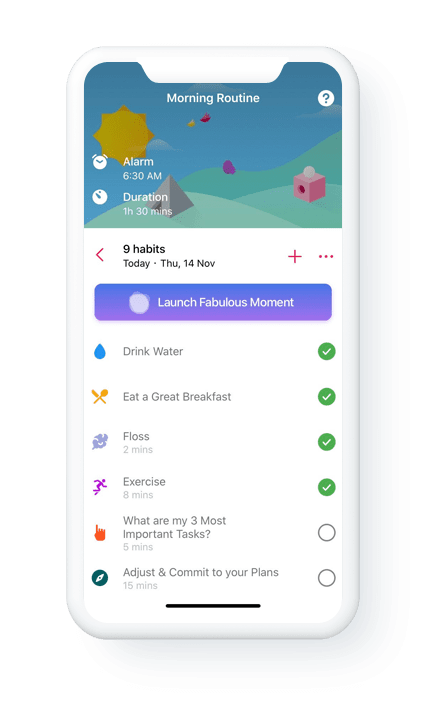We all want to be the best versions of ourselves, but it’s easy to feel held back by your own limits. Everyone has a voice in their head whispering self-defeating messages to them: I can’t do it. It’s too hard. I’m too tired.
But what if you could push beyond your limits? What if your limits aren’t even where you think they are? What if you step out of your comfort zone?
There is evidence to suggest that our brains give out on us long before our bodies do when exercising to protect us from injury. In other words, our limitations aren’t what we’re physically capable of; they’re only what we think we’re capable of. And our thoughts can change. We just have to make them.
Overcoming your limits is hard. It’s scary. It’s uncomfortable. But none of those things make it impossible. Here are some things to keep in mind when you feel like you’re at your max:
Surrender to discomfort
It can be very easy to stay in one safe place for the rest of your life, but when you aren’t moving, you aren’t growing. Stepping out of your comfort zone is uncomfortable because change itself is uncomfortable. They call it “growing pains” for a reason!
That doesn’t mean this discomfort is good or bad, though it may feel unpleasant. It’s just a normal, biological reaction to going beyond what you think you’re capable of. Think about the last time you worked out to the point of exhaustion. You were probably really sore the next day! That soreness isn’t telling you that you failed; it’s telling you that you changed.
Get help from others
Other people are our greatest resource! Support systems give us both accountability and… well, support! Surround yourself with trustworthy people who care about you but who are also going to push you when you can’t push yourself. When you’re lying in the mud and crying about how you can’t go on, you want a friend that will pull you up to your feet, dust you off, and shove you back into the race, cheering alongside you as you keep moving forward.
But don’t just look to friends and family for help. Look for people who have already achieved what you’re working toward. How did they do it? What resources did they use? What skills did they learn? Pick their brains personally if you can; if not, hit the stacks and do your research. The simplest way to become successful is to do what successful people are doing. After all, it worked for them!
Have a beacon
In the traditional sense, a beacon is a light or an object placed in an area where people will see it easily. It’s designed to grab people’s attention and guide them to a specific location. Beacons guide everything from warships to tourists and are effective because they’re visible and clearly show their purpose.
This is what you want from your personal beacon. It can be anything—a loved one you want to inspire, a desirable result, or a goal—as long as it serves two functions:
- Having a clear purpose to remind you what you’re fighting for, and
- Being present and conspicuous to guide you when you’re lost.
Some people use vision boards to serve as an inspirational reminder. Even a sticky note with a positive message on it is better than nothing. Whatever your beacon is, make sure it physically exists in a space where you’ll see it often.
Do just one more
One more push-up. One more chapter. One more task on your to-do list. Whatever you’re doing, right when you reach the point where you feel like you can’t do anymore, ask yourself: Can I do one more? Just one? Obviously, you should stop if you’re putting yourself in physical danger, but question your limits every time you think you’ve reached them. Do you really need to stop, or do you just want to? There’s a difference, but it takes self-awareness and practice to know what the difference is to you.
The big picture can be intimidating when you’re feeling raw and exhausted, but breaking down the process to simple, individual steps can make impossible tasks feel a little easier. Running 10 miles is daunting, but what about running 10 steps?
The Takeaway
Going beyond your limits is no small feat and will inevitably come with its share of missteps and failures. These failures, however, aren’t the end of the world, no matter how dramatic they seem at the time. Failing isn’t an excuse to give up, but a demand to push harder. Instead of being intimidated by your mistakes, be curious. Ask yourself what went wrong and how you can do better next time, and remember that every setback you meet is only going to make it that much more satisfying when you finally do get it right.




